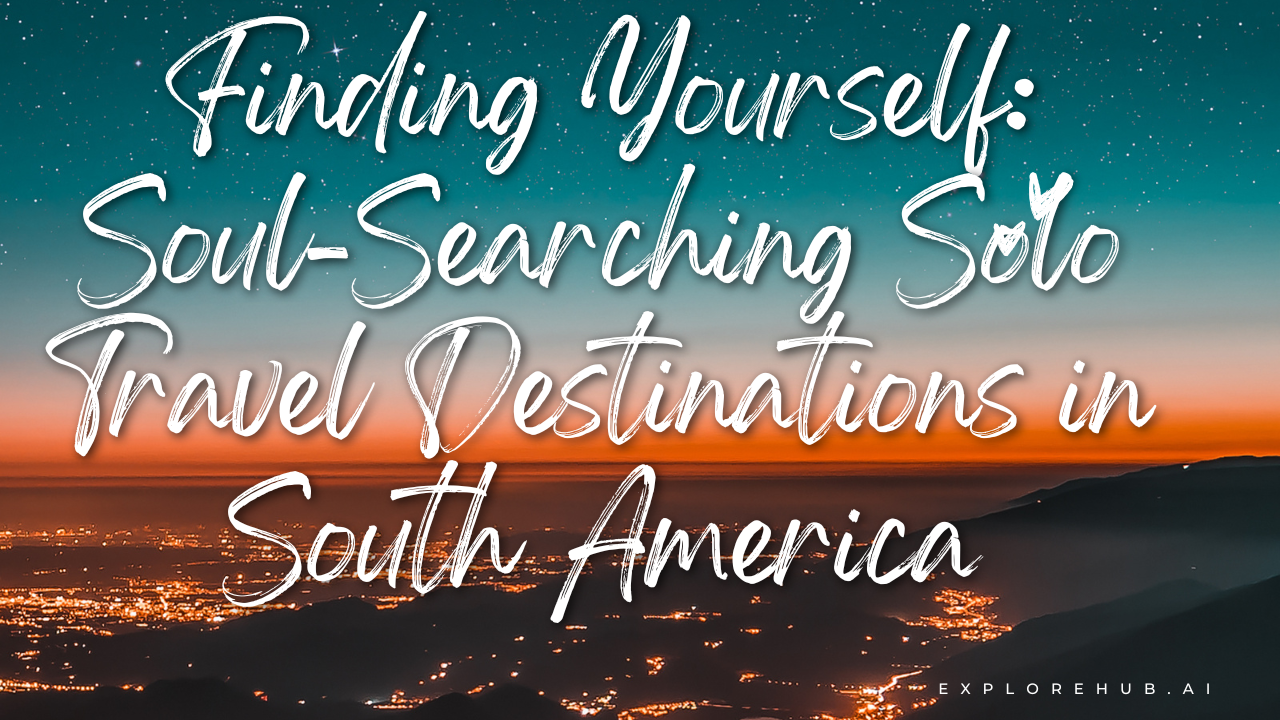Ever felt like you needed to get away from everything to truly find yourself? Solo travel is one of the most powerful ways to embark on a journey of self-discovery. And where better to do it than South America? With its diverse landscapes, deep-rooted spirituality, and vibrant cultures, this continent offers a unique mix of adventure and introspection.
Table of Contents
Benefits of Solo Travel for Self-Discovery
Breaking Out of Comfort Zones

When you travel alone, you’re responsible for every decision. This pushes you to face challenges head-on, step out of your routine, and adapt to new situations.
Learning to Be Present

Without distractions, you’ll find yourself more in tune with your surroundings. Whether it’s watching the sunrise over Machu Picchu or listening to the sounds of the Amazon, solo travel forces you to live in the moment.
Gaining Confidence and Independence

Navigating a new country alone builds resilience. You’ll learn to rely on yourself, trust your instincts, and gain confidence in your own abilities.
Best Soul-Searching Solo Travel Destinations in South America
Machu Picchu, Peru
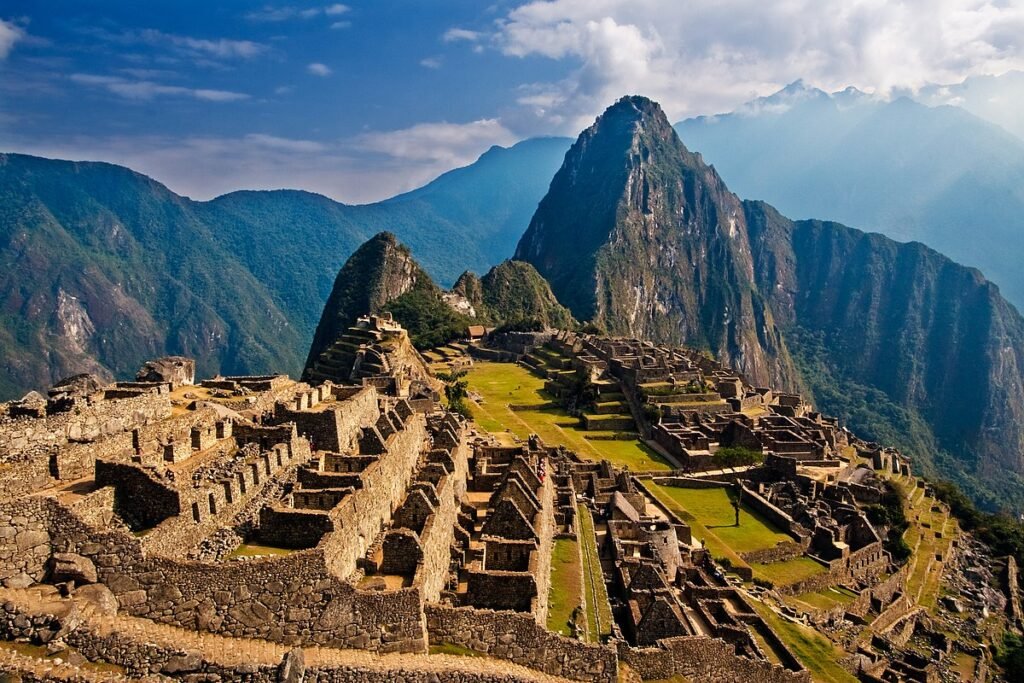
A trek to Machu Picchu is not just about the destination—it’s about the journey. Walking the ancient Inca Trail, surrounded by breathtaking mountains, gives you time to reflect and connect with history and nature.
Patagonia, Chile & Argentina
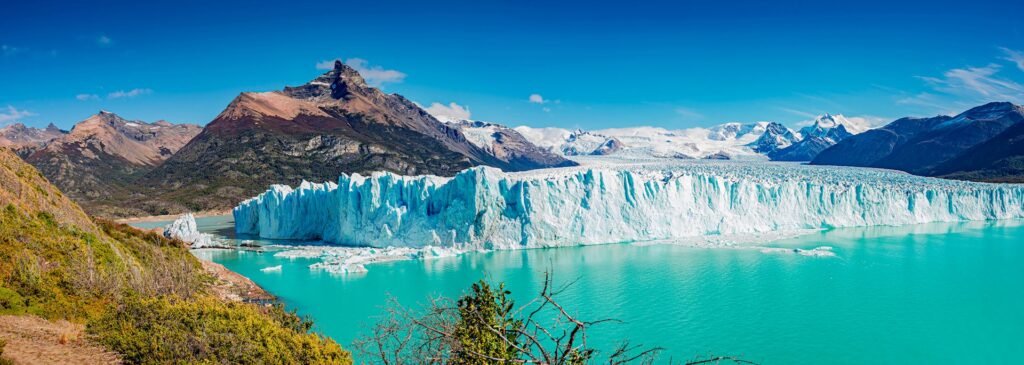
Few places on Earth offer the sheer vastness and isolation of Patagonia. Hiking through Torres del Paine or Perito Moreno Glacier will make you feel small in the best way possible, reminding you of the beauty and simplicity of life.
The Amazon Rainforest, Brazil & Ecuador
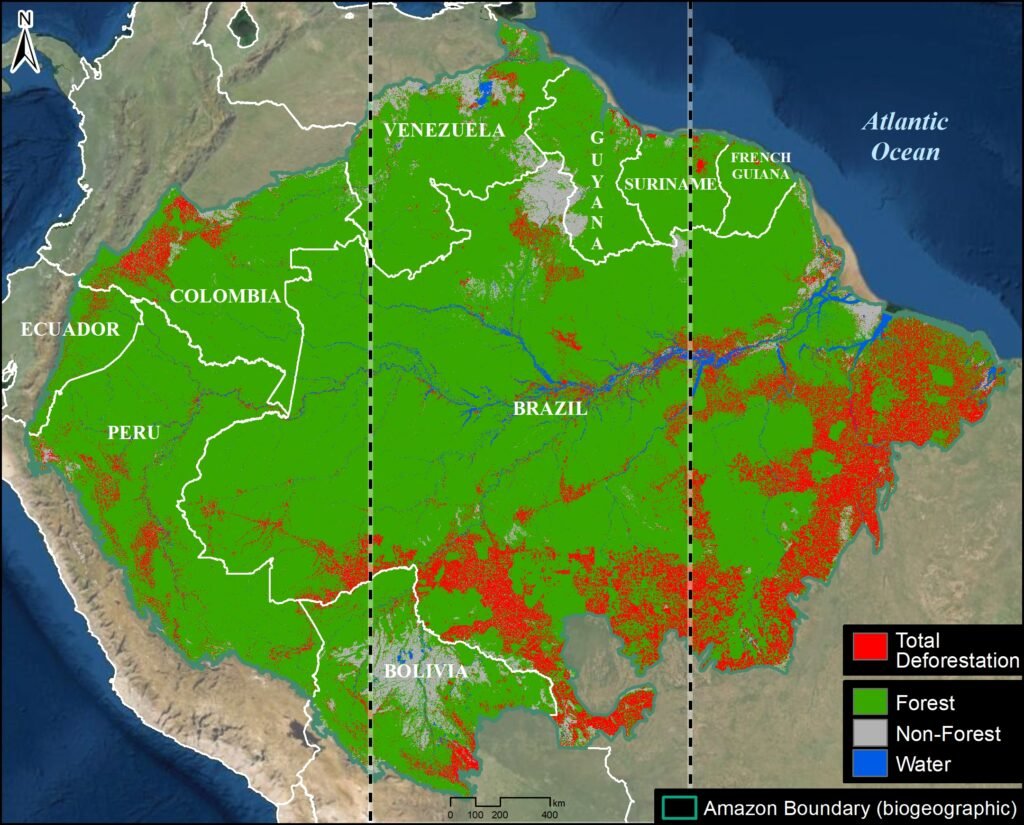
Spending time in the Amazon, learning from indigenous communities, and embracing nature’s rhythm can be incredibly grounding. The jungle has a way of stripping away the unnecessary and bringing clarity.
Salar de Uyuni, Bolivia

Standing on the endless salt flats, where the sky and ground merge into one, creates a surreal experience. The silence, the vastness—it’s the perfect place for introspection.
Cartagena, Colombia
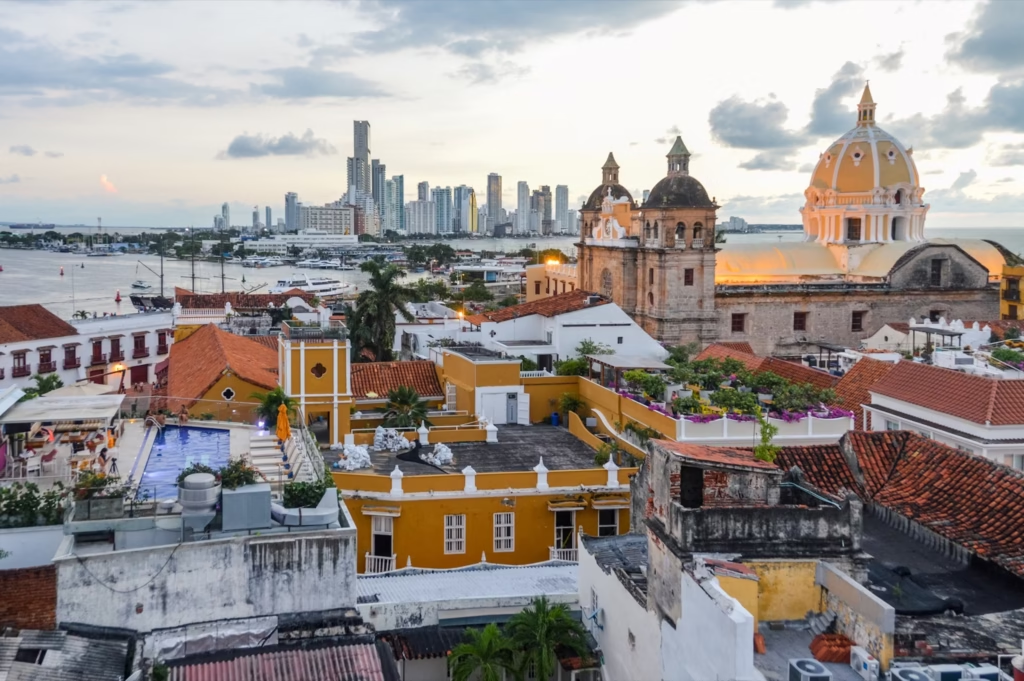
This vibrant city offers a different kind of soul-searching—one that is joyful and rich with history. Strolling through its colorful streets and dancing to live music can help you rediscover happiness and spontaneity.
Buenos Aires, Argentina
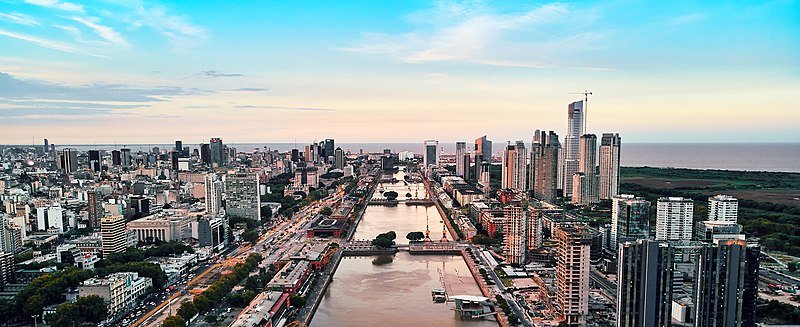
The city of passion and poetry. Whether through tango, literature, or a simple cup of coffee in a historic café, Buenos Aires invites you to express yourself and embrace your emotions.
The Sacred Valley, Peru
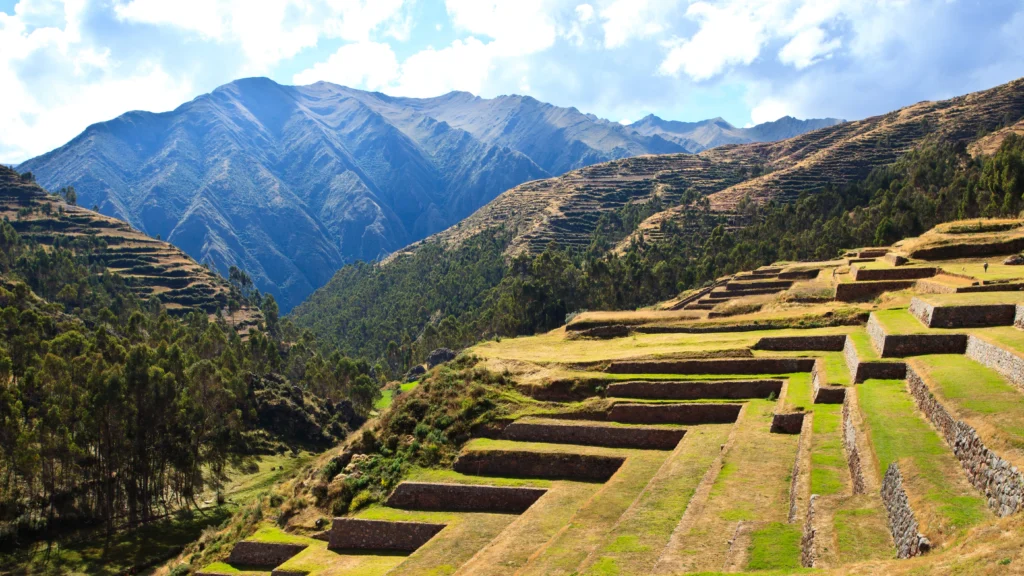
A spiritual retreat hub, this region offers meditation centers, yoga retreats, and opportunities to experience shamanic healing, making it an ideal place for deep inner work.
Practical Tips for Solo Travel in South America
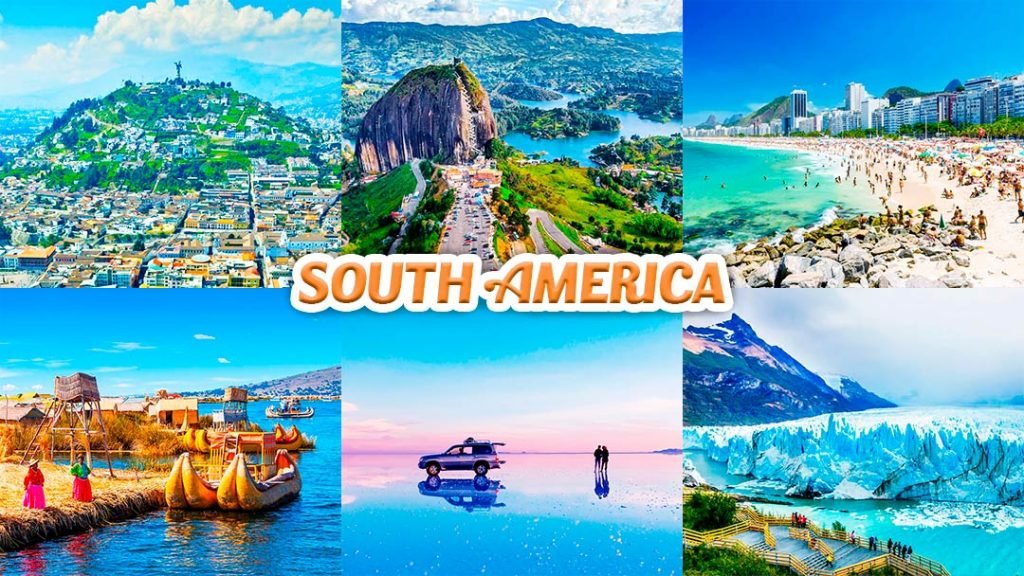
- Stay Safe: Research destinations, avoid unsafe areas, and always be aware of your surroundings.
- Learn Basic Spanish: It helps immensely, though many tourist areas have English speakers.
- Budget Wisely: South America can be affordable if you plan well—use local transport, eat at local markets, and stay in hostels or guesthouses.
- Embrace the Culture: Try local foods, attend cultural events, and engage with locals.
Conclusion
Solo travel in South America is more than just an adventure; it’s an opportunity to grow, heal, and reconnect with yourself. Whether hiking through ancient ruins, meditating in a sacred valley, or simply enjoying a sunset on a remote beach, the experiences you’ll gain will be life-changing.

